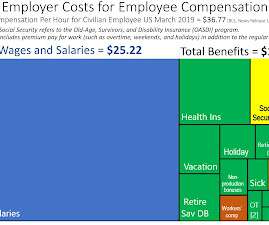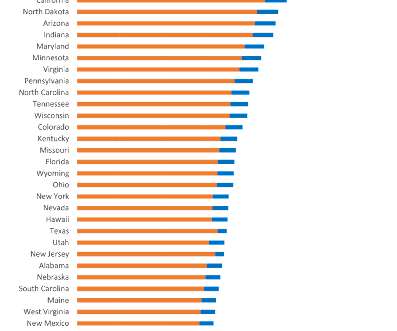New COVID relief package extends payroll provisions
Business Management Daily
JANUARY 5, 2021
The leave and the tax credits are extended, not reset, for 2021. So if employees have maxed out on their leave in 2020, they aren’t eligible for more paid leave after Dec. Who got paid creditable wages differed, depending on size: Employers with 100 or more employees (i.e., Expanded meal deduction.












Let's personalize your content